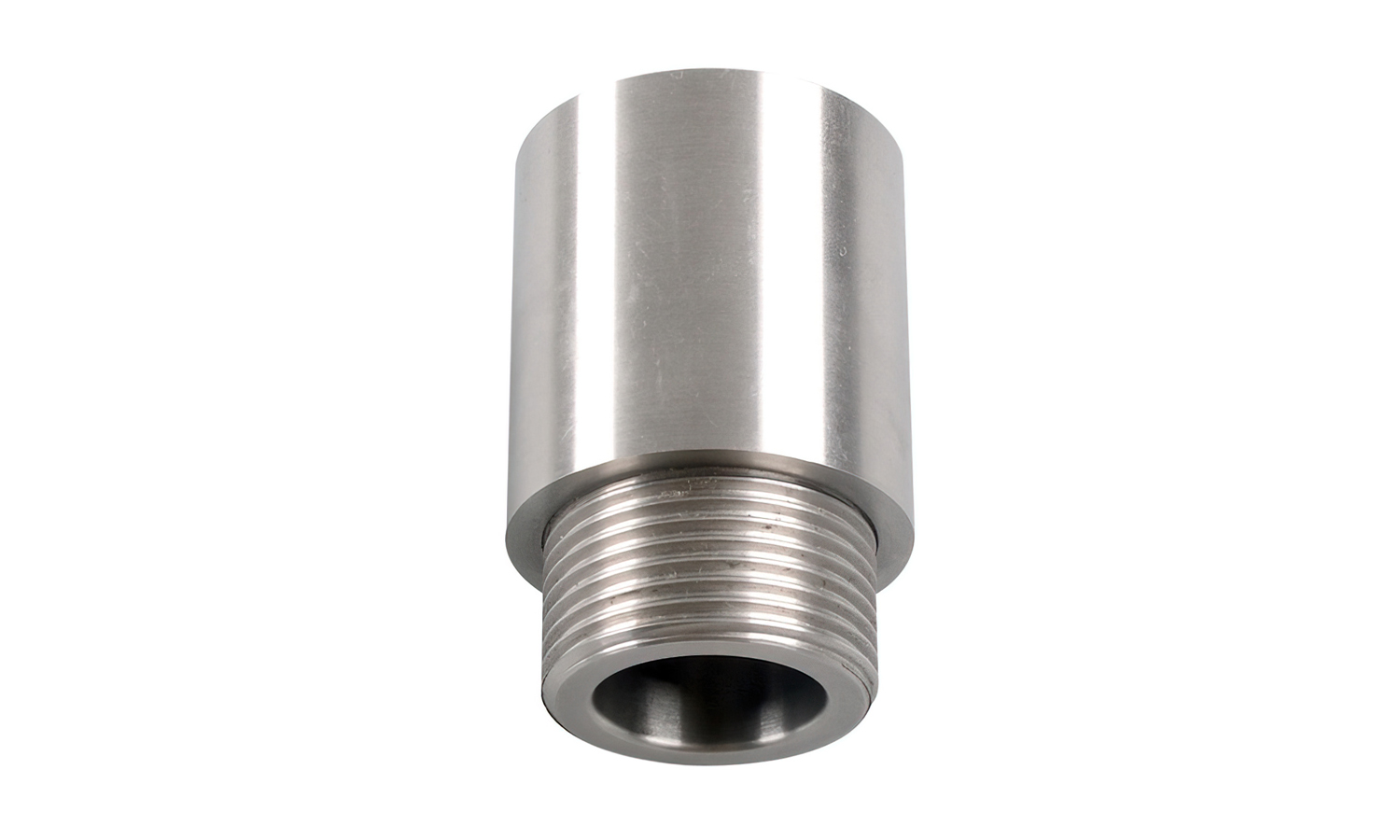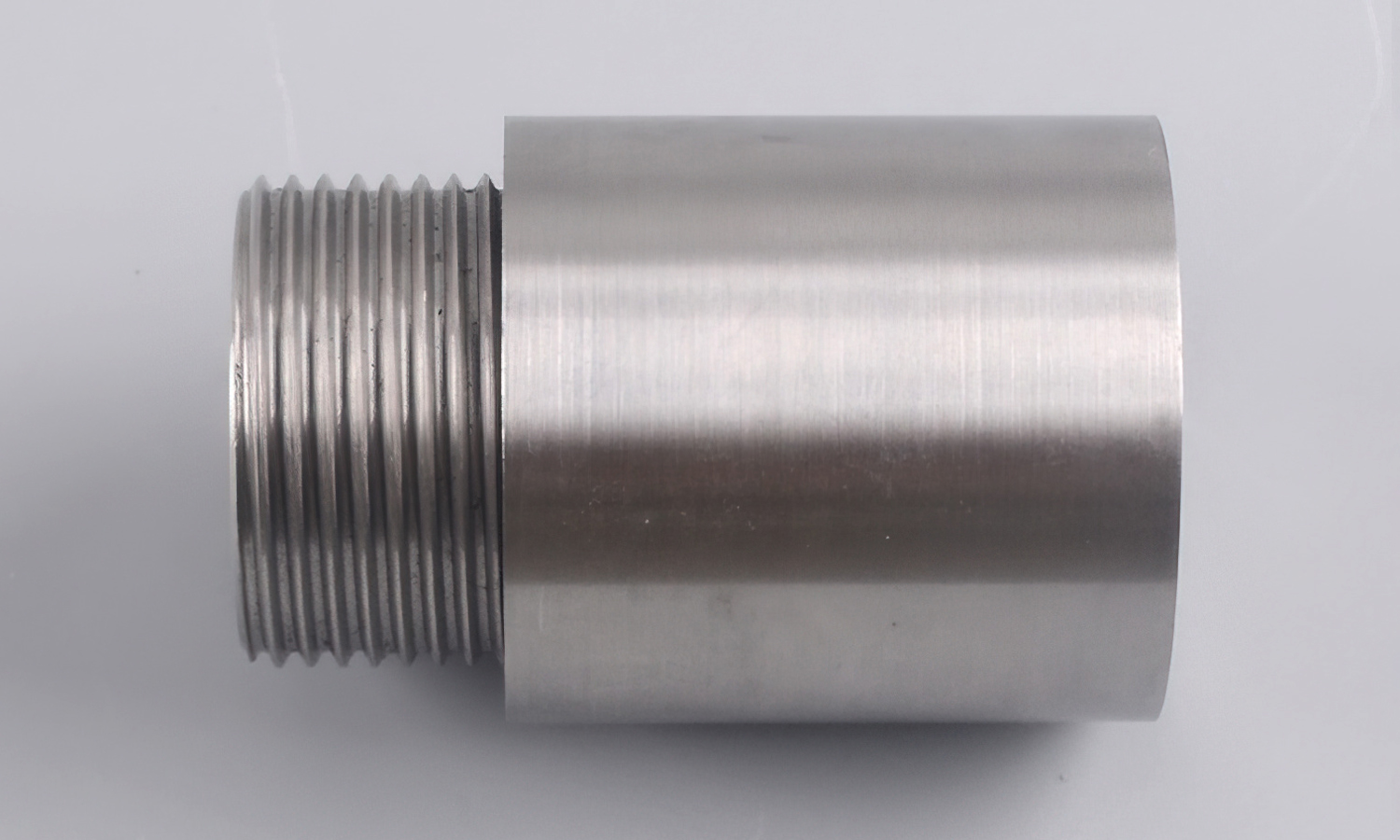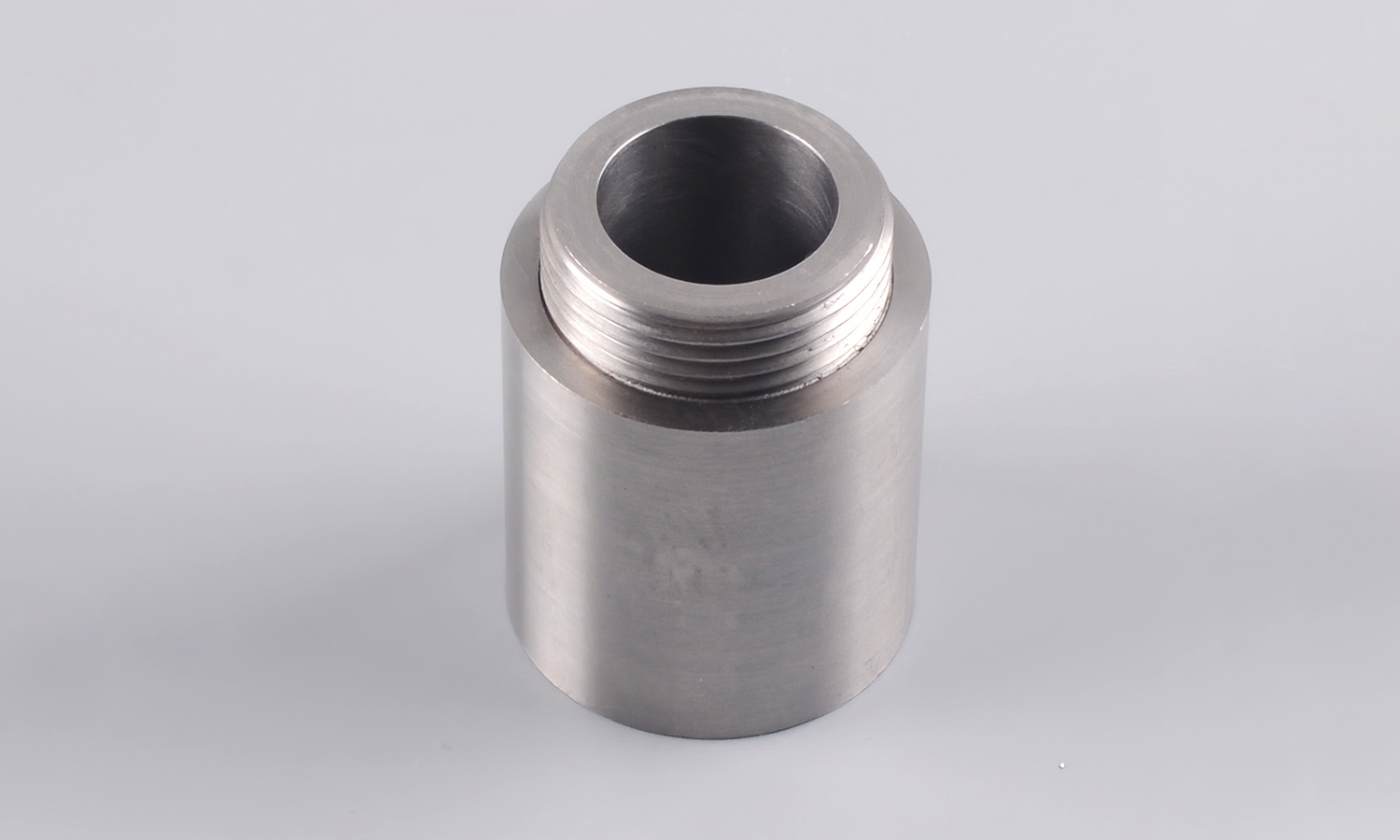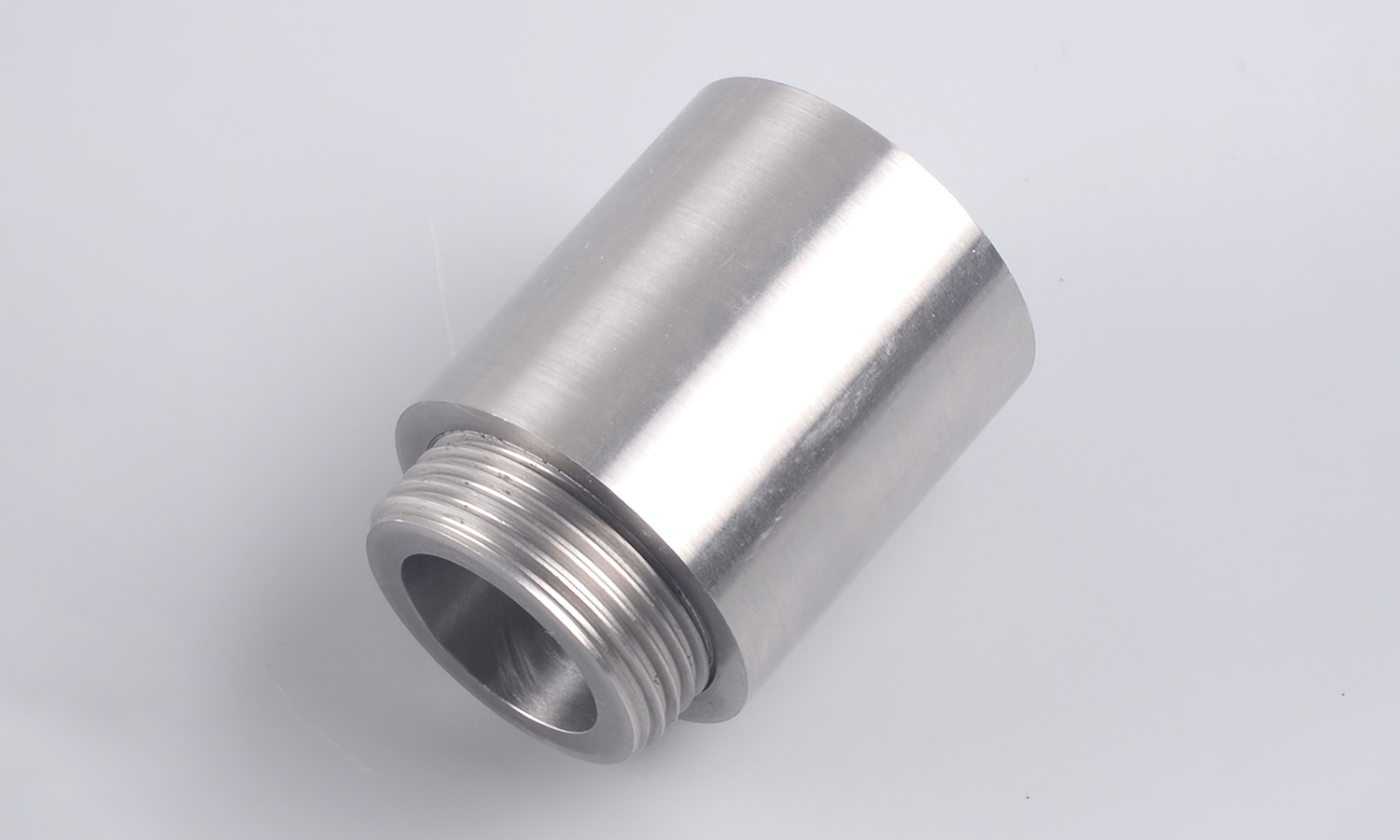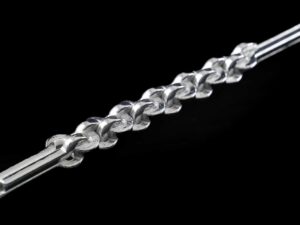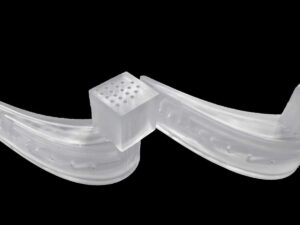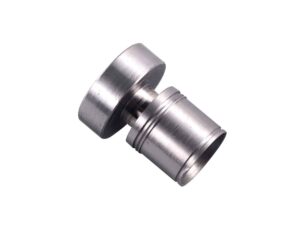Gallery
About Project
This image beautifully captures the essence of precision engineering – a CNC milled aluminum fitting pipe, expertly crafted for demanding applications. The smooth, flawless surface speaks volumes about the accuracy achievable through Computer Numerical Control (CNC) milling. The sharply defined threading on one end promises a secure and reliable connection, crucial for maintaining the integrity of any system it’s a part of.
The hollow opening on the opposite end clearly indicates this is a component designed to facilitate the flow of liquids or gases. Whether it’s for plumbing, automotive, aerospace, or any other industry requiring robust and leak-proof connections, this aluminum fitting pipe is a testament to the power of precise manufacturing.
Aluminum, known for its lightweight yet strong properties, makes this fitting an ideal choice for applications where both durability and weight are critical considerations. The clean, polished finish not only adds to its aesthetic appeal but also suggests a resistance to corrosion and wear, ensuring longevity and reliable performance.
This type of fitting is a common yet vital component in countless systems. Its ability to connect different parts of a pipeline or system securely and efficiently is paramount. The precision of the threading ensures a tight seal, preventing leaks and maintaining optimal performance.
Looking for high-quality, custom-designed CNC milled aluminum parts like this fitting pipe? Look no further than FacFox! We offer a comprehensive CNC milling service, utilizing state-of-the-art technology and expert machinists to bring your designs to life with unparalleled accuracy and speed. From prototypes to production runs, FacFox is your reliable partner for creating custom metal parts that meet your exact specifications. Visit our website today to get a quote and experience the FacFox difference!
Solution
- Step 1: The design was finalized based on the required specifications and tolerances.
- Step 2: A solid block of aluminum was selected as the raw material for the fitting.
- Step 3: The aluminum block was securely clamped onto the CNC milling machine’s worktable.
- Step 4: The initial rough shape of the fitting was machined from the aluminum block using various cutting tools.
- Step 5: The precise dimensions and features of the fitting were milled using specialized cutting tools, following the programmed instructions.
- Step 6: The internal hollow section was created by drilling and milling operations.
- Step 7: The threading on one end was carefully cut using a threading tool or by a specialized threading cycle on the CNC machine.
- Step 8: The surface of the fitting was finished to achieve a smooth and polished appearance, potentially through processes like deburring and polishing.
- Step 9: The finished fitting was inspected to ensure it met all design specifications and quality standards.
- Step 10: The fitting was cleaned to remove any remaining machining debris.
- Step 11: The fitting was then packaged for shipment or further use.
